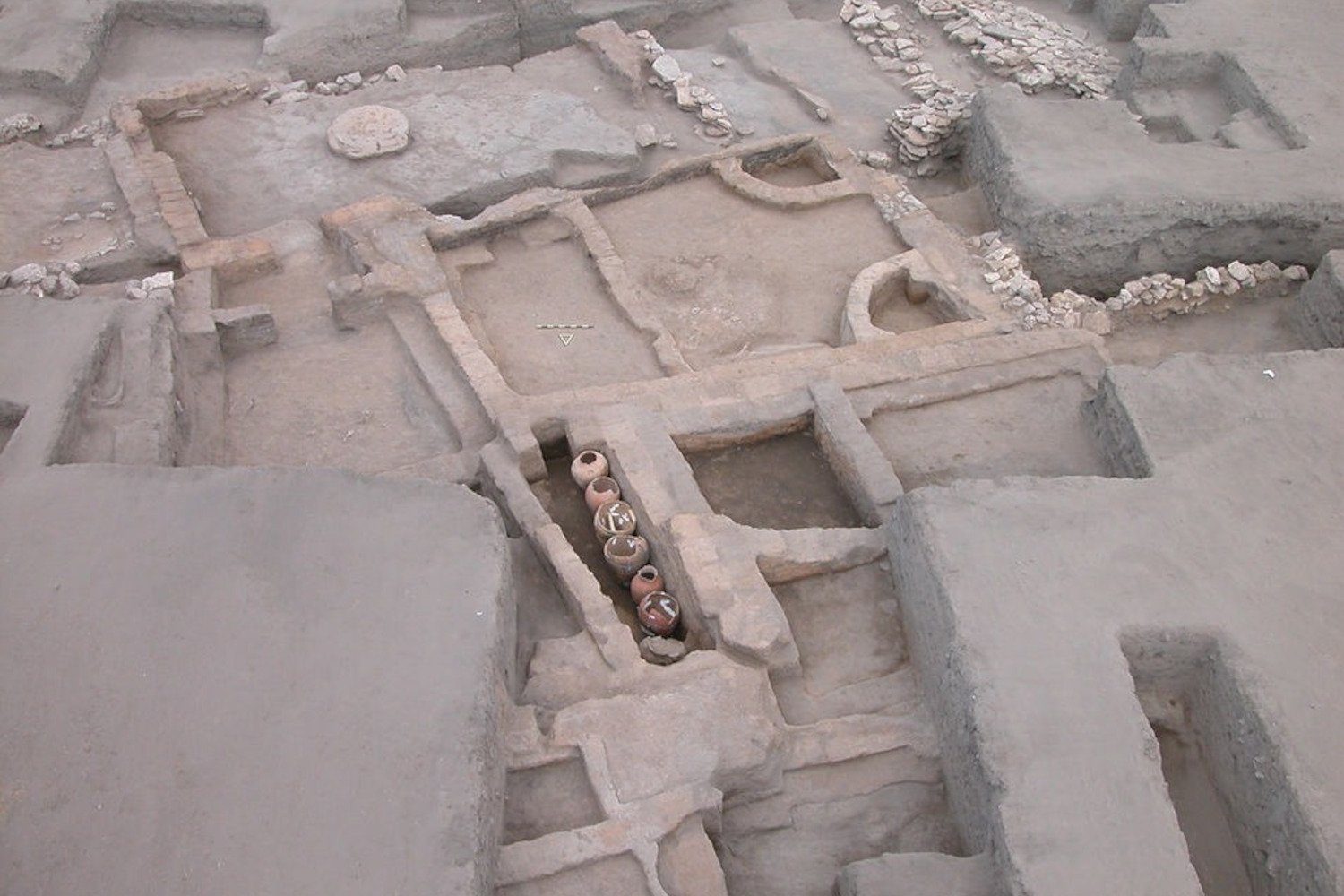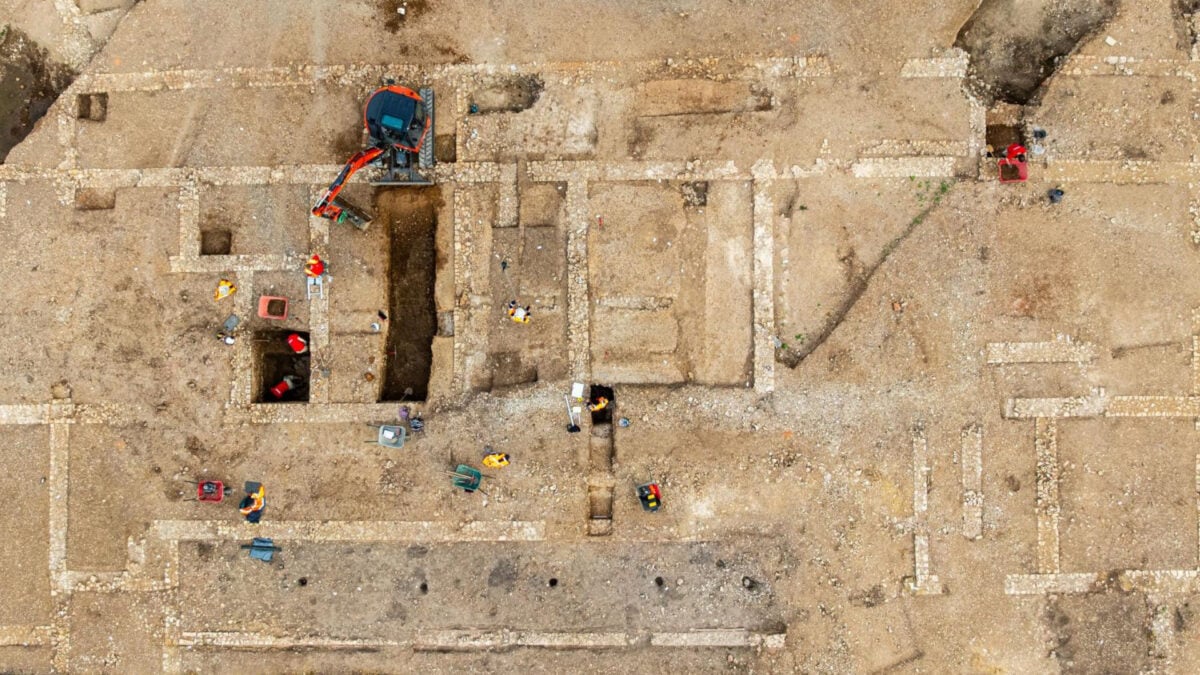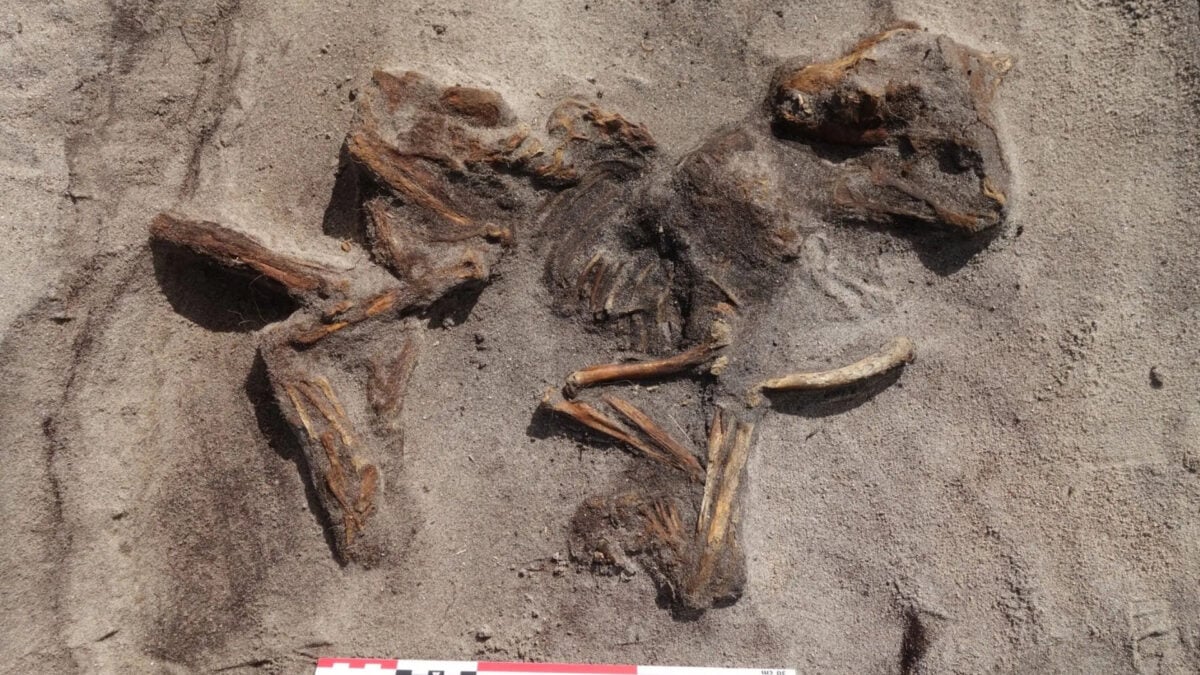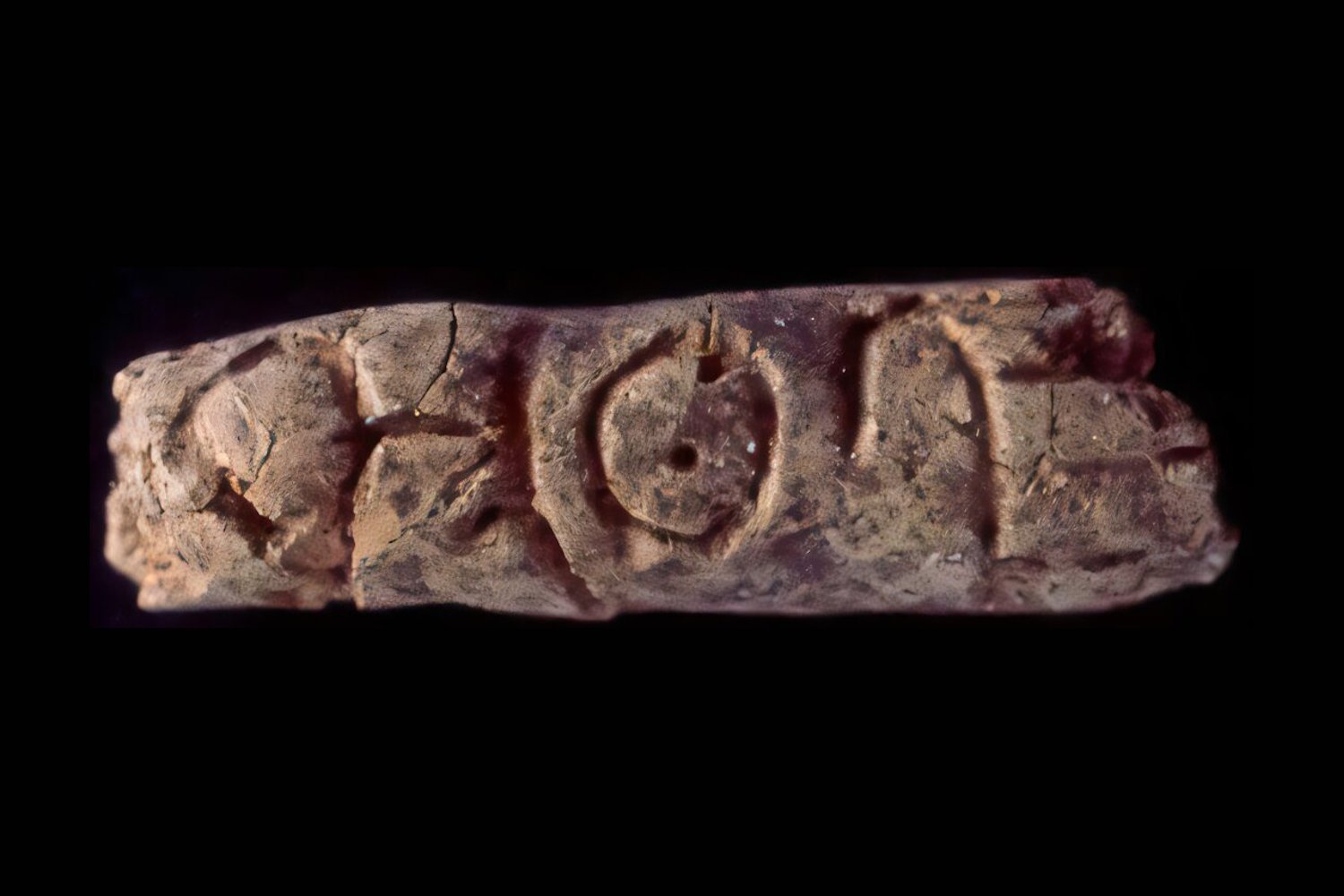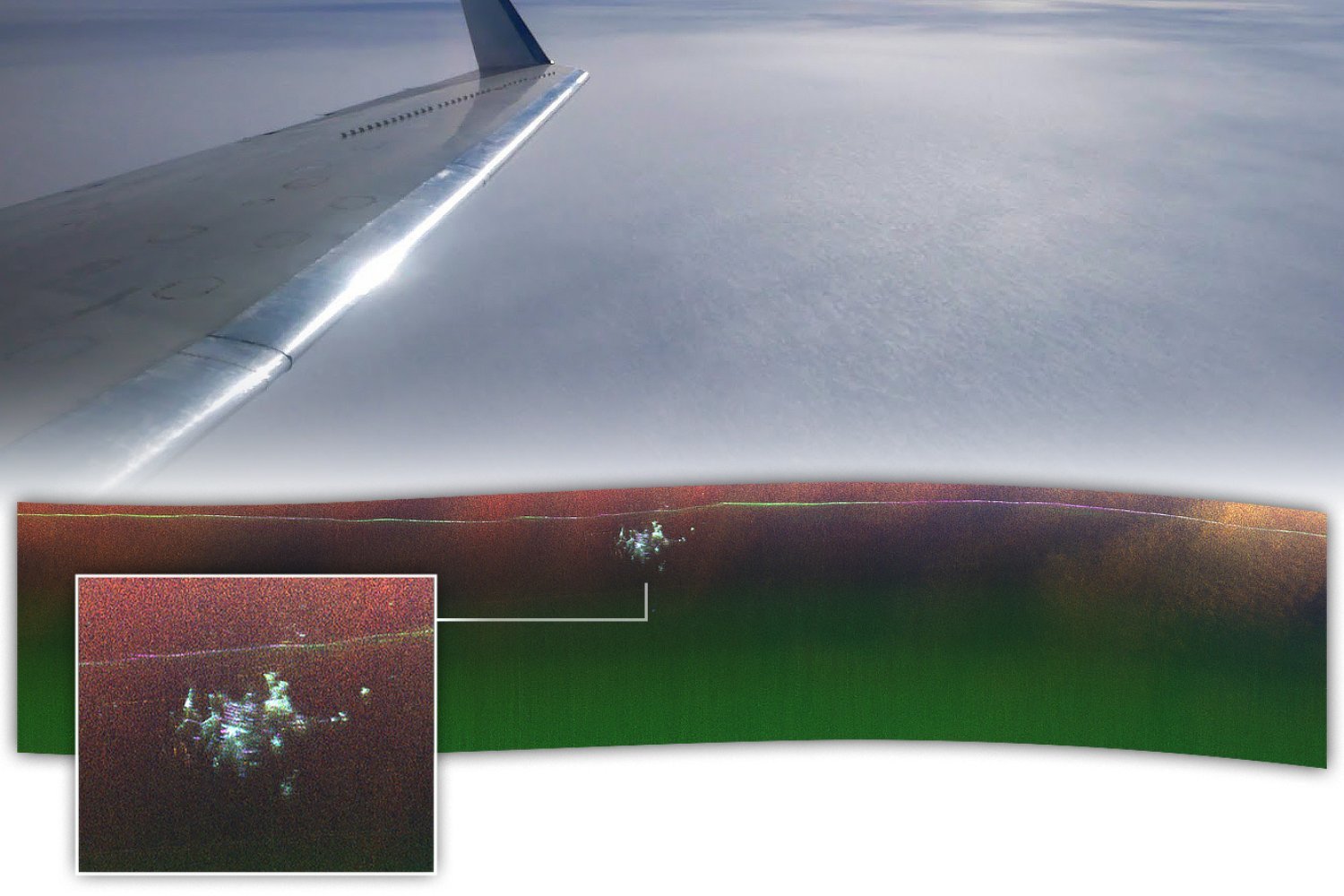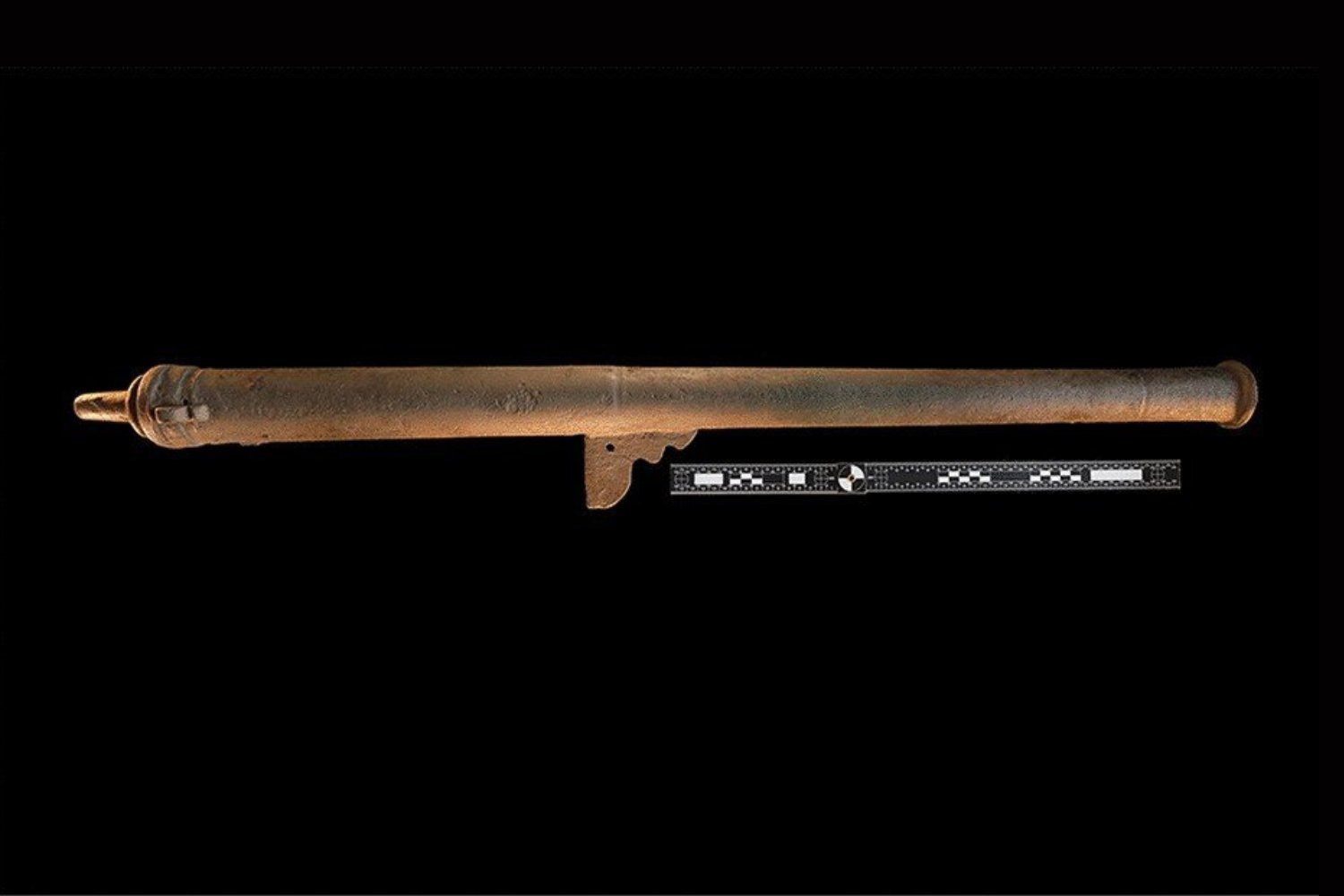A remarkable archaeological discovery in Turkey has unearthed a 5,000-year-old bread, and its recreation by a local bakery is now a culinary hit, connecting ancient traditions with modern tastes. This find offers more than just a glimpse into Bronze Age cuisine; it provides insights relevant to contemporary agricultural challenges.
Unearthing a 5,000-Year-Old Culinary Treasure
Archaeologists in Eskisehir, central Turkey, discovered a piece of charred bread in September 2024 at the Bronze Age site of Kulluoba Hoyuk. This 5,000-year-old artifact, now at the Eskişehir Archaeological Museum, is remarkably preserved. Excavation director Murat Turkteki stated to AFP, “This is the oldest baked bread to have come to light during an excavation, and it has largely preserved its shape.”
Recreating Ancient Flavors: The “Kulluoba Bread”
Analysis showed the flat, 5-inch diameter bread contained coarsely ground emmer flour, an ancient wheat variety, along with lentil seeds and a plant leaf for leavening. Local bakery Halk Ekmek recreated it, substituting scarce ancient emmer with closely related Kavilca wheat, bulgur, and lentils. The “Kulluoba bread” proved immensely popular, selling out its first batch in hours. The bakery now produces about 300 subsidized loaves daily at 50 Turkish lira (around $1.30).
Ancient Wisdom for Modern Challenges
This ancient bread’s recipe, featuring drought-resistant crops, offers timely insights. Turkey currently cultivates water-intensive crops like corn and sunflowers, but Kavilca wheat, a key ingredient in the recreation, resists both drought and disease. Ayse Unluce, Eskisehir’s mayor, told AFP, “Our ancestors are teaching us a lesson. Like them, we should be moving toward less thirsty crops.” This highlights a sustainable path forward.
The revival of this ancient Turkish bread not only offers a taste of history but also presents valuable lessons in sustainable agriculture for the future. This discovery masterfully bridges millennia, nourishing both body and thought.



